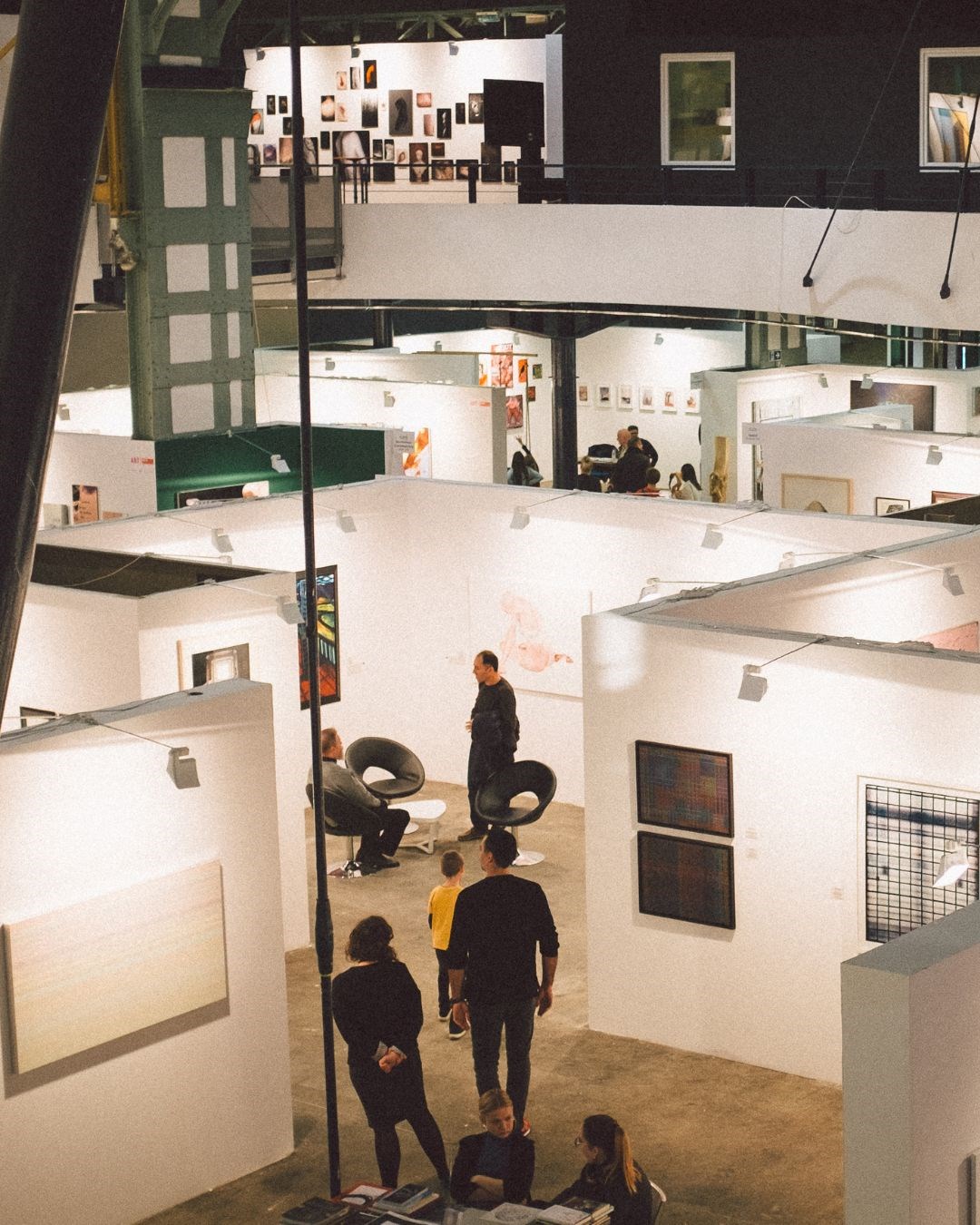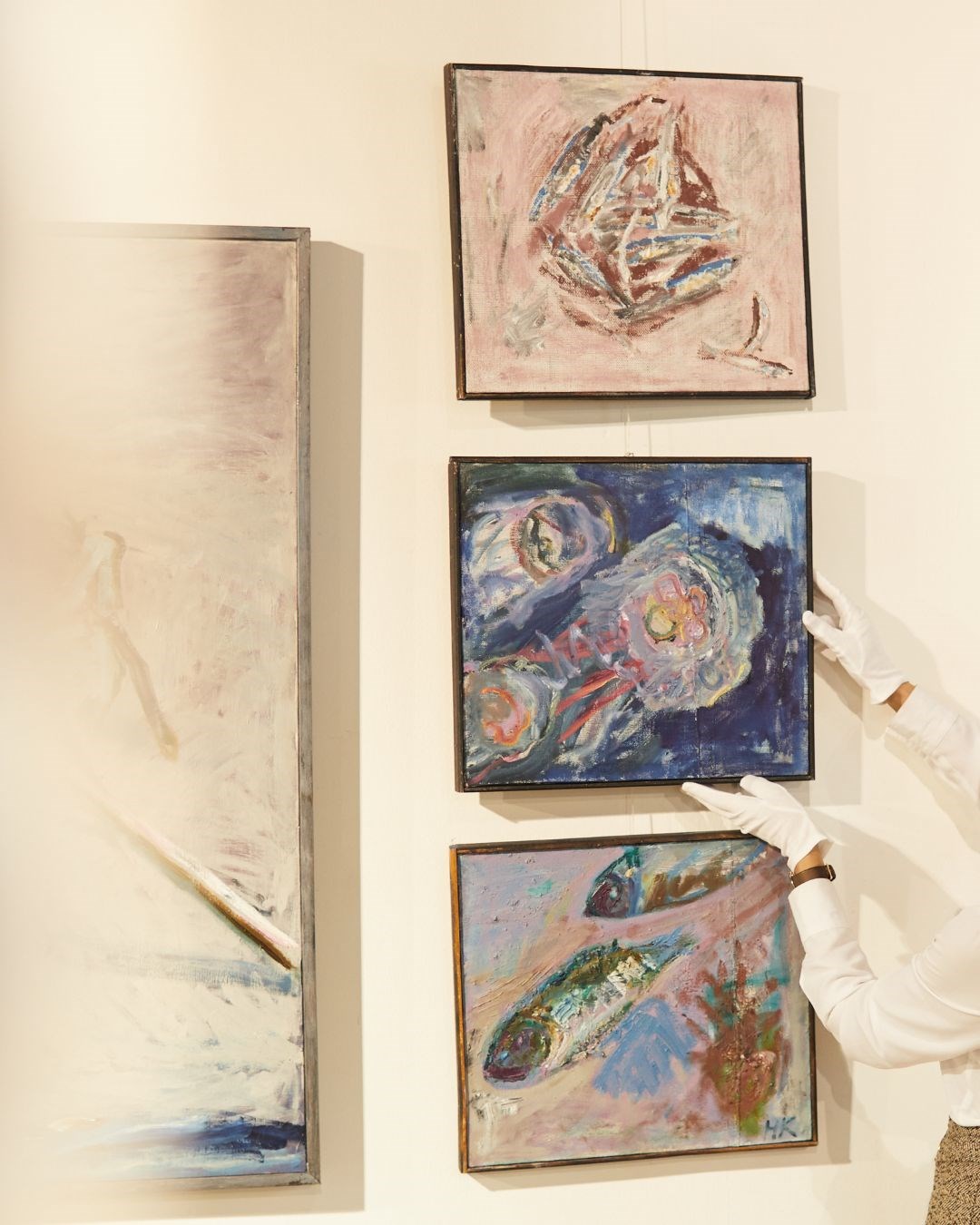Tax Changes: The Budget's Impact on the Art World
24 January 2025
ShareBy Simon de Burton, journalist and contributor to GQ and the Financial Times.
People from all walks of life have expressed dismay at the budget announcement by chancellor Rachel Reeves (or ‘Rachel from accounts’ as she has come to be known following recent revelations about the (in)accuracy of her CV). But art dealers and collectors have largely adopted a ‘laissez faire’ attitude to the changes in inheritance tax, capital gains tax, VAT and employer’s National Insurance contributions - despite the fact that they could have a significant impact on the market.
Starting with the latter first, the 1.2 per cent hike in employer’s NI contributions that takes the figure to 15 per cent of earnings will hit dealers, auction houses, shipping firms, restorers and anyone else in and around the art world who runs a medium to large operation. And the rise is only compounded by the lowering of the so-called ‘secondary threshold’ – ie the point at which NICs become due – from £9,100 to £5,000.
That means even small galleries employing part-time staff could find their overheads increasing quite dramatically or, possibly, having to employ more people, each working fewer hours, in order to circumvent the liability. Some of the biggest budget noise, however, has been around making agricultural properties liable to inheritance tax. Farming is clearly more important to the everyday economy than art buying, which explains why there has been little mention of the fact that many of the exemptions once applied to collections were done away with in the budget.

Stock Photograph
Now, family members inheriting collections valued at more than £325,000 (ie, the price of a relatively modest painting or piece of furniture) will be required to pay 40 per cent of the value beyond that figure in IHT. Liability can still be avoided in some cases if collections or individual objects are loaned or donated to national institutions – but that still depends on whether or not the institutions are interested in having them. Dealers and galleries, meanwhile, can wave goodbye to the five per cent reduced VAT rate payable on some works imported into the UK (especially those from outside the EU). Now, the standard 20 per cent will apply in a move, according to Rachel from Accounts, to ‘simplify the tax code’.

Stock Photograph
While the VAT will be reclaimable, the fact remains that 15 per cent more money needs to be found to buy affected objects in the first place, potentially jeopardising cash flow and facing private clients (who will not be VAT registered) with higher price tags. However, there is some good news: Emerging artists and small, art-based enterprises might be set to benefit from the budget tinkering. It brought in new tax breaks designed to encourage people to invest in ‘cultural assets’ deemed beneficial to the wider public.
That means tax relief of up to 30 per cent on money invested in emerging artists, free exhibitions, community art projects or other public, art-based activities. Benefactors could also qualify for capital gains tax deferrals on artworks acquired for such projects that are subsequently re-sold for profit. So perhaps now is the time to turn the toolshed into a gallery or the garden into a sculpture park.
Because in a world where taxes rise and exemptions vanish, the smartest investment might just be a well-placed gnome with delusions of grandeur.

